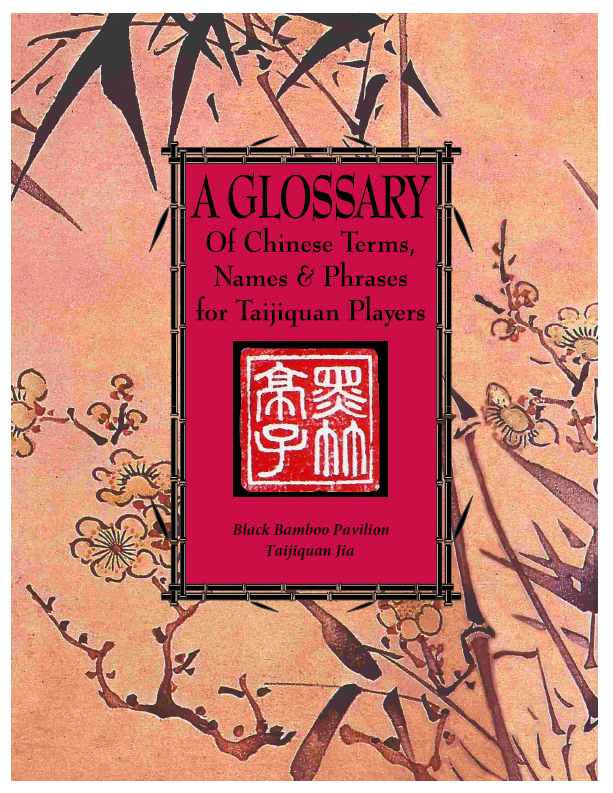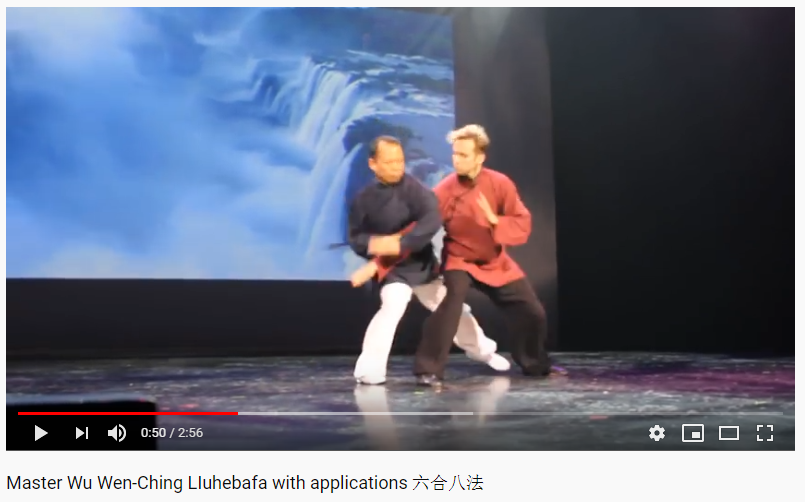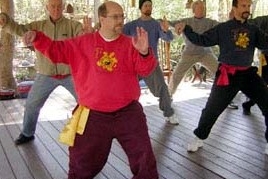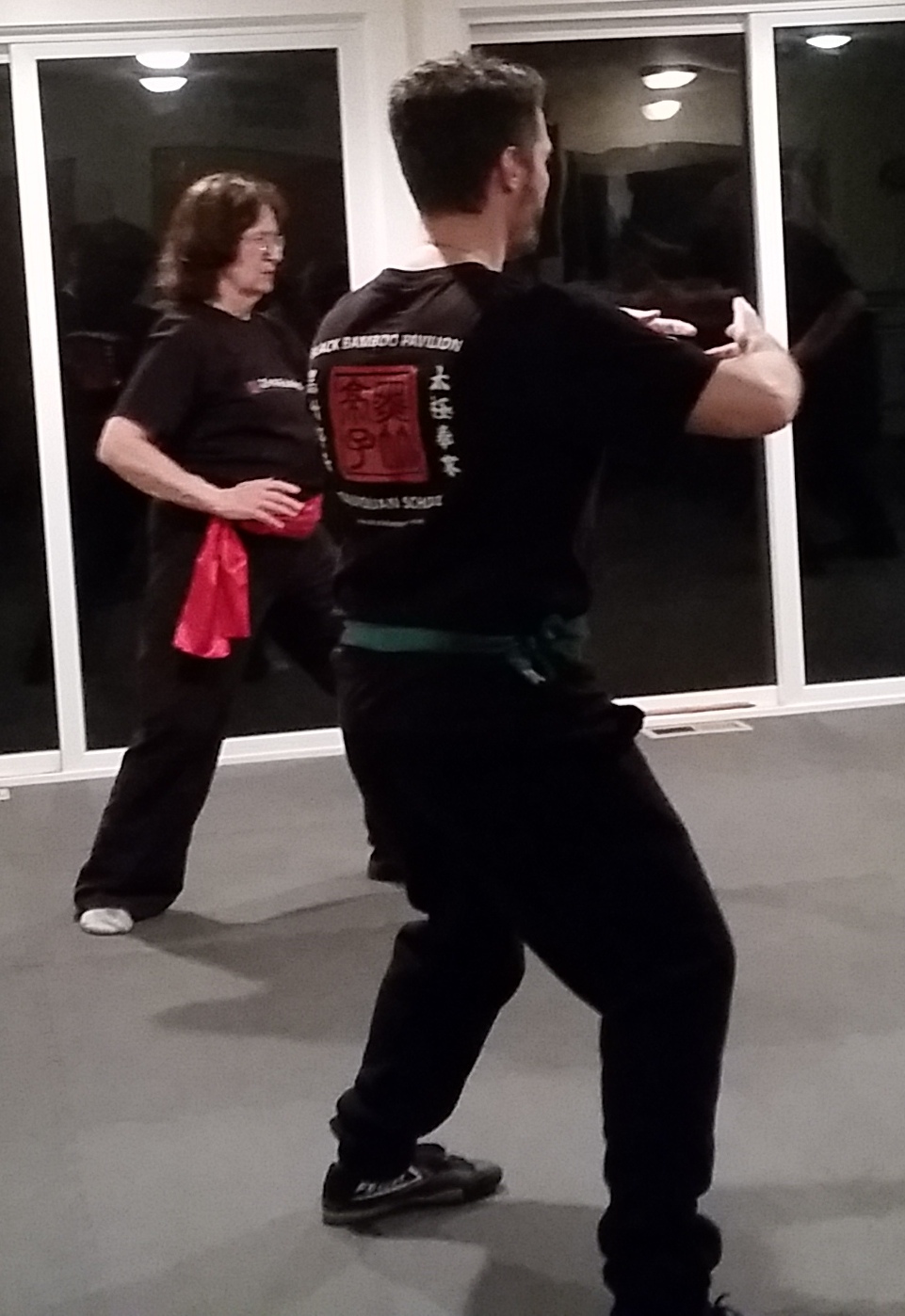Glossary of Chinese Terms, Names and Phrases
/Any student of LaoMa’s will be very familiar with his admonishment to use a Chinese dictionary to look up terms for yourself! And he was committed to providing documentation that would allow students follow his example.
He also wanted information to be easy to find and available to his students - so they could start begining to assess things for themselves and build a deeper knowledge of the martial arts world and larger culture.
Many students who have attempted to follow this lead will be familiar with the difficulty finding some definitions and terms used frequently. It’s even harder for those used infrequently!
In order to make it easier, LaoMa and his senior students compiled a Glossary of Chinese Terms, Names and Phrases into one spot. As his Number One, I feel it important to continue this tradition and have this resource available to anyone who would find it valuable. So we’ve done a new printing of the collection and have it available for those who would like a copy.
This glossary contains 94 pages of terms, with Chinese characters, pinyin and often Wade-Giles romanizations, plus tones and definitions and a newly introduced index. It is the most extensive glossary of terms useful to taiji students that we know of. The table of contents is presented here. Click here to view sample pages.
His summary of this document is below or you can read about it on our website here. Please contact me if you’d like a copy. They are $25.
A unique reference work with a short history of romanization systems, a bibliography of 19 sources, and the characters, pinyin, and tones for over 640 Chinese names and terms related to the study of Taijiquan, arranged by category. An invaluable aid for students interested in deepening their understanding of Chinese language and culture.
This glossary contains 94 pages of terms, with Chinese characters, pinyin and often Wade-Giles romanizations, plus tones and definitions and a newly introduced index. It is the most extensive glossary of terms useful to taiji students that we know of. The table of contents is presented here. Click here to view sample pages.
Chinese terms are in the pinyin romanization. Terms in brackets, [ ], are in the Wade-Giles romanization, or in the romanization most often seen in literature. The names of notable Chinese persons are in the romanization most commonly seen in literature.
A limitation in the computer program that was used to create this document prevents the displaying of a tone mark on an uppercase letter. In those cases where this occurs in this document, we have used a lowercase letter with the proper tone mark, even though it may make the word or phrase appear unusual. In addition, the Chinese characters for the Taijiquan techniques lu and lie are specific to Taijiquan and are not generally available in computer fonts. In this document, we have substituted those characters most often used by Chinese Taijiquan players when they refer to these techniques in computer-generated documents.
This glossary is a living document. The authors welcome suggestions and additions. Readers may contact LaoMa with comments regarding this glossary.
















